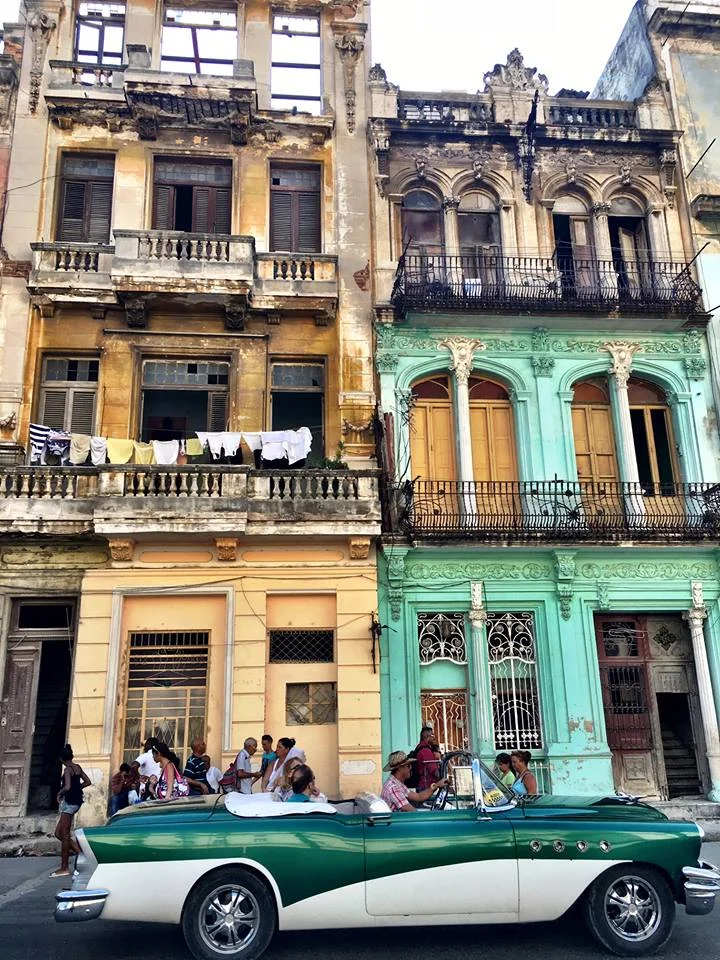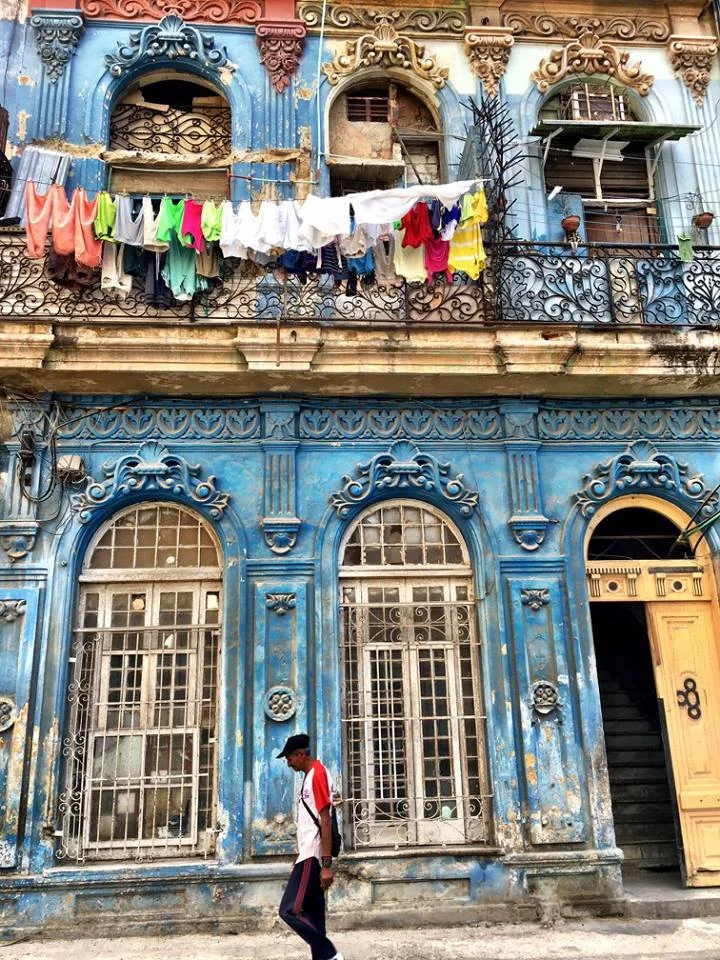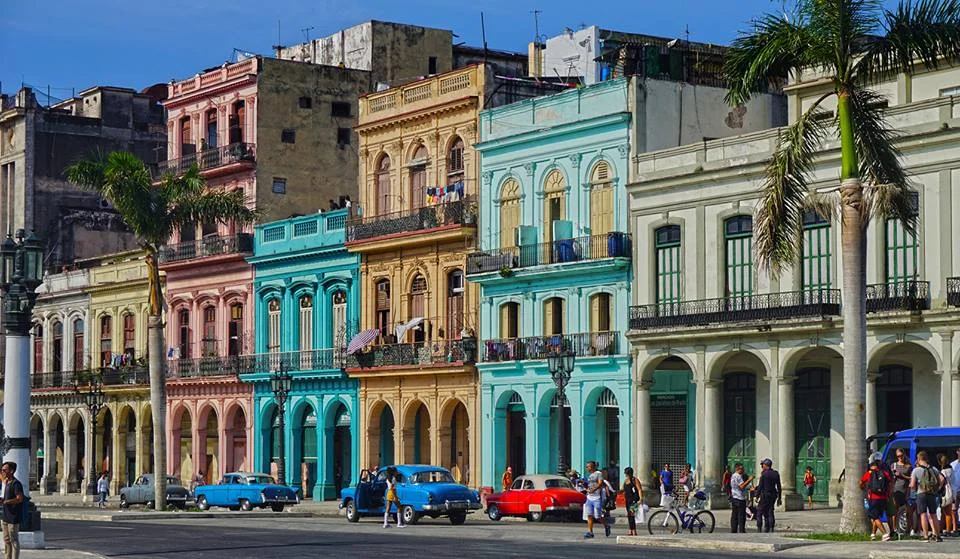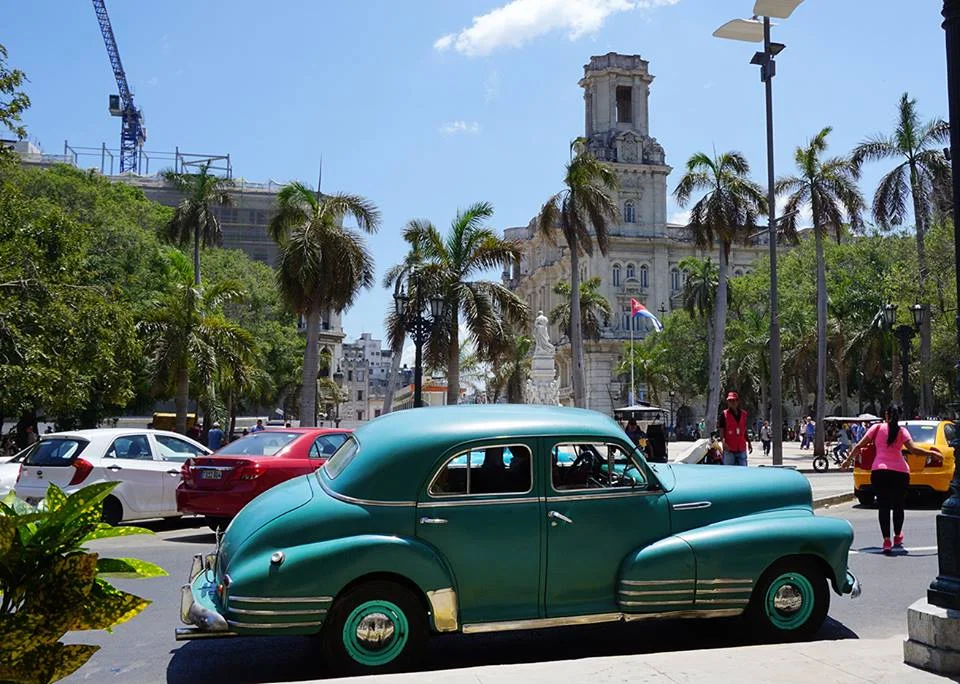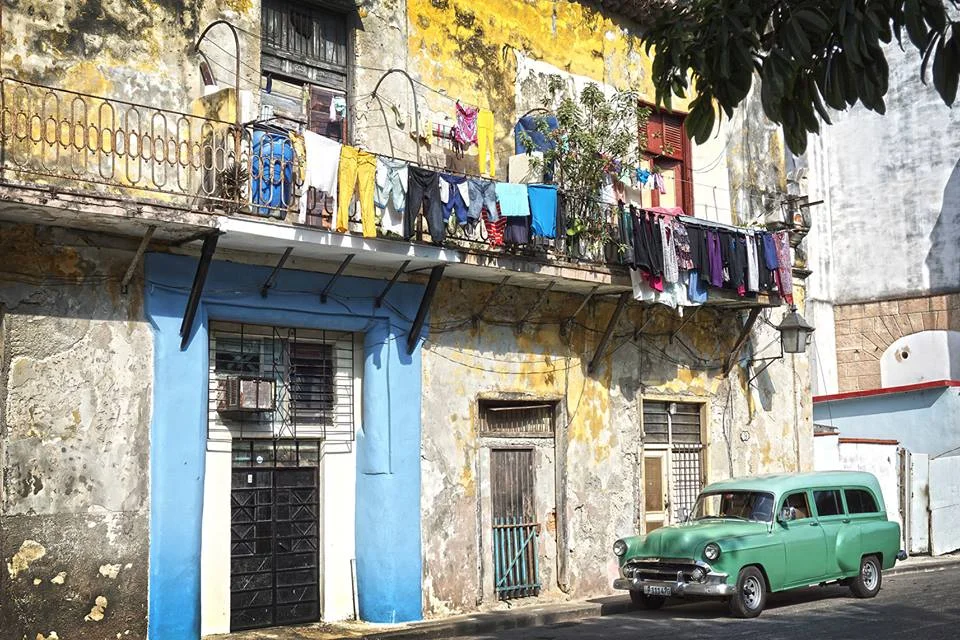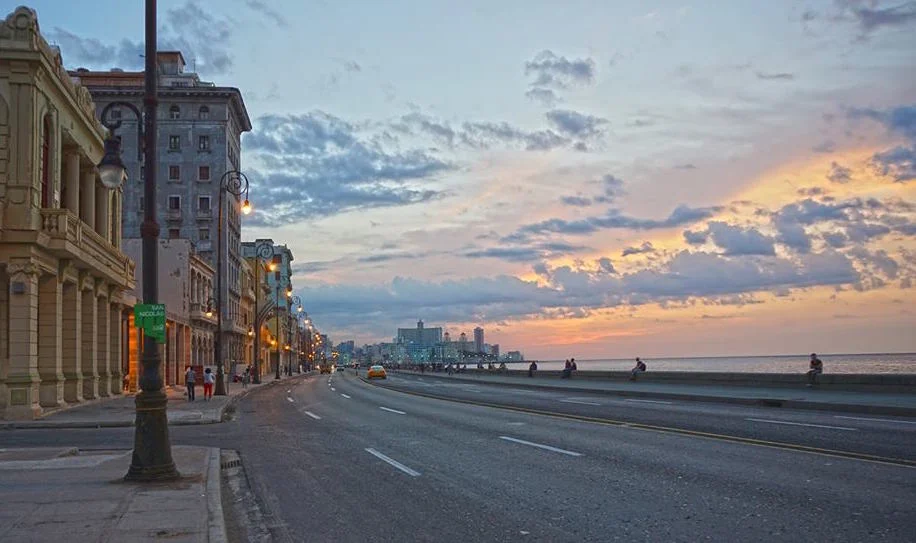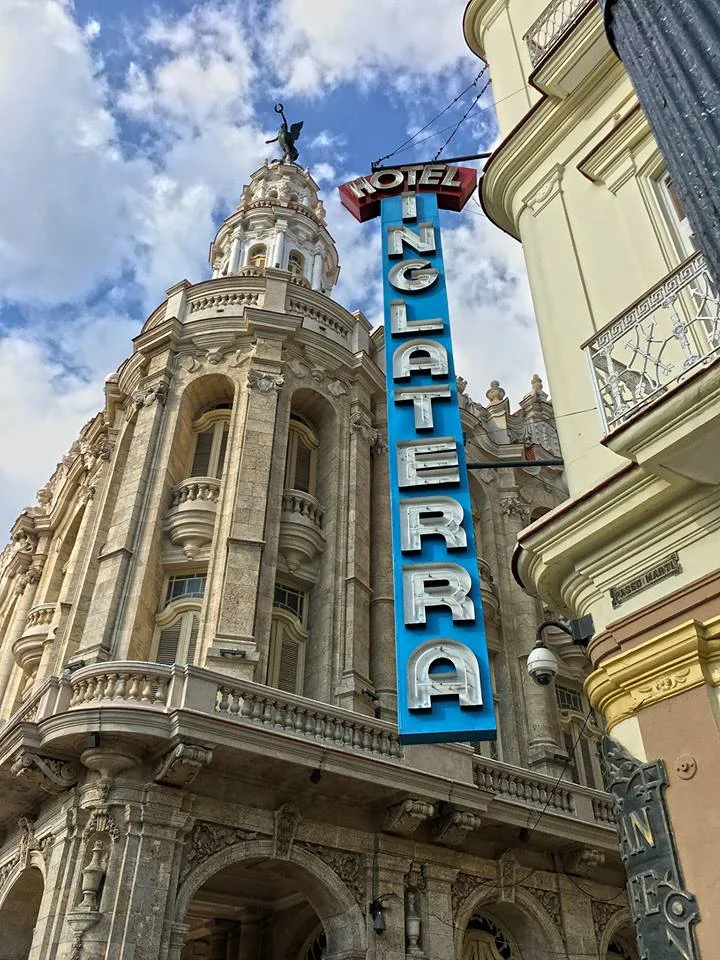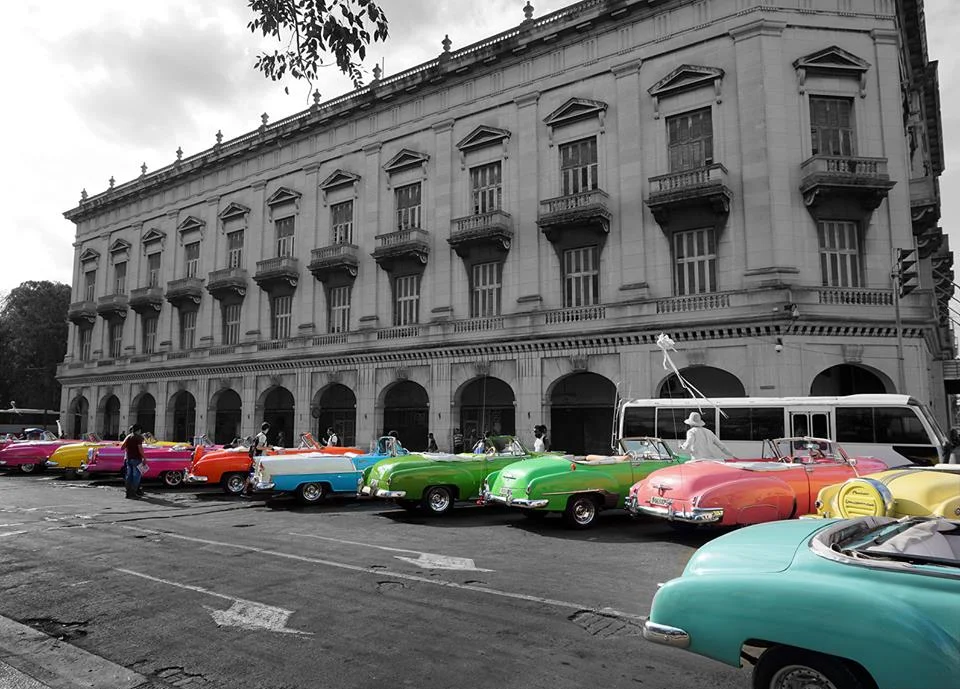Most cooking sites get Mexican, Puerto Rican, Cuban and Dominican recipes wrong. Familia Kitchen sets out to correct that by highlighting authentic family recipes.
Home cooking should be easy and delicious.
I admit that when it came to Latin cuisine, I was hopelessly naïve. I expected all of the countries of Central and South America to have the bold, spicy flavors of Mexico. So I was quite surprised when I got to Peru and realized that the national cuisine had little in common with Mexico’s. But the soups I had along the Incan Trail to Machu Picchu were absolutely delicious, and I had a tres colores ceviche that might be the best I’ve ever had. I also enjoyed my alpaca medallions on the shore of Lake Titicaca — just don’t ask me about the guinea pig.
Now, as a more seasoned traveler (and foodie), I realize that every country has its own distinct cuisine, each delicious in its own way.
Food is an essential part of travel for us, and Duke and I eat as globally in our cuisine as possible. So it was with great excitement and anticipation that we awaited the launch of Familia Kitchen, by my friend and former colleague, Kim. –Wally
What’s not to love about Latin food, in all its many varieties?!
“Grandmother cooking is fast, because abuelas know how to get dinner on the table quickly. And it’s authentic, because it comes from their heart and their homeland soil.”
What made you decide to launch Familia Kitchen?
I’ve long been fascinated by what people cook at home, for themselves. On a regular weeknight and on important occasions, like a family holiday: What do they make and why? If I meet someone new, I’ll try to find a way to ask them a typical thing they make for dinner and about their family food heritage — by the way, it almost always comes from their mother’s culture. Their face lights up when they start talking.
Food is family is history is identity.
Li’l Kim in Puerto Rico, already a big fan of food
I grew up in Puerto Rico, right by San Juan, surrounded by so many cousins and aunts and uncles. My mother’s family goes back many generations on the island. We rotated from aunt to aunt for family holidays, which always involved lots of cooking.
In Puerto Rico, my family owned a little hotel, a guesthouse called El Canario. It was my mother’s house when she grew up. My grandmother, Rocío — which means “morning dew,” isn’t that so pretty? — lived next door. That’s the Latino way: Family lives near each other and gets together a lot, over food. My parents would often invite our American hotel guests back to our place across the street for drinks. Dad had this tiki bar in our apartment and he’d swish up daiquiris and piña coladas, and Mom would make delicious dishes, often Puerto Rican traditional ones. I’d watch her in the kitchen. I wanted to do that when I grew up.
Kim’s family owned El Canario Hotel near San Juan, Puerto Rico, where they’d invite guests to their apartment-cum-tiki-bar across the street.
Now I’m the grownup hosting family holiday meals, and if I want to make authentic dishes from my childhood, the only way to get them is straight from Mom. There are lots of good blogs, but when I consult the major recipe websites, they don’t get Latino food right. They often mix up Mexican and Puerto Rican, Dominican, Cuban and so on. They water down the flavors and ingredients. They use the wrong kind of rice or not-quite-right spices. It seems like they see all Latinos as one monolithic Hispanic food segment. Sometimes, they’ll have a talented chef doing a traditional dish “Nuevo Latino” style. Which usually sounds great and I’m all for innovation, but it will list 20+ ingredients and steps. You couldn’t make it for a normal, daily, family dinner.
Kim, with her son, Bob
For years, I’d think to myself: That’s not how Latina abuelas — our good-cook grandmothers — would make that dish. Why overcomplicate? And how do we keep their recipes alive?
So I determined to do something about it. I decided to create a website with only authentic abuela cooking. We’d publish the favorite family recipes of Latino/a/x homecooks who have their go-tos dishes memorized. Who know when and how to break traditional food rules — and when not to. They are the OG keepers of our culinary traditions.
Mmmmm…nachos!
When did you get the idea for the site?
The specific idea for Familia Kitchen, a crowdsourced and curated Latino/a/x family recipes and food stories website, came to me the week of Christmas 2019, when I was trying to find a Puerto Rican recipe online — and struck out.
Nine months later, like a baby: Familia Kitchen launched. Our mission is to celebrate and collect Latinx families’ favorite recipes, as we really make them. We’ll go country by country, island by island, memorializing families’ favorite recipes before they get lost to time.
Kim, Lisa and Ana decided to found Familia Kitchen — the kind of Latinx recipe site they dreamed of.
What’s your site’s mission?
Our dream is to create the best, biggest and most authentic treasury of Latinx culinary legacies — for all 19 Spanish-speaking destinations in Latin and Central America and the Caribbean — showcasing their simplicity and sophistication. Very important: We’ll celebrate the home cooks who submit by posting their bylines, family food stories and cook’s notes.
Boricua-style Puerto Rican rice with chicken. Sharing your family’s recipes on Familia Kitchen could score you a free trip home!
Tell us about your recipe contests.
One of the ways Familia Kitchen will gather the best traditional Latinx recipes is by inviting users to submit to our 12 Familia Kitchen recipe contests a year. Each month, we’ll feature one defining dish from a Latinx country or island and invite cooks to submit their family’s favorite. In October, we launched with Your Familia’s Favorite Puerto Rican Arroz con Pollo. In November, we switched to Your Familia’s Favorite Mexican Pozole. We will publish every recipe and food story submitted. They’re all authentic, time-honored and loved.
Familia Kitchen will build our culinary treasury one recipe, one food story at a time.
At the end of each year, the cook who submits the “most popular” family recipe — the most likes, most shares, most comments — will win a trip (flight, hotel, an amazing meal) for two to their Latinx homeland. Our tagline is “Cooking your way home” — and Familia Kitchen is excited to literally make that happen for one Latinx cook and their plus-one each year. We’ll also donate 5% of our profits each year to a Feeding America Latino community program.
What’s your favorite aspect of Latinx cuisine?
The richness of the regionality of each Latinx nation’s flavors and food histories. And the way each destination’s food is different from each other in foundational ways, yet in the same food family. Cuban and Argentinian cuisines are pretty different, yet they are both unmistakably “Latino.”
Family gathered to celebrate young Kim’s birthday.
What’s the best part about cooking?
Feeding people you love: friends and family. I also love experiencing someone’s life and family through their food stories and memories. When they tell you that this is the very beef picadillo that they always ate at their grandparents’ house on Father’s Day when they were growing up. And then you make that picadillo, with its hints of that family’s own way of cooking and living — you can literally taste a time and place and people. Food anthropology.
One of Kim’s favorite recipes: pasteles with pork, wrapped in banana leaves
What are some of your favorite recipes?
I love so many. We have a recipe for pasteles with pork, green bananas and yautia from a friend I went to elementary school with that takes me back in time to Puerto Rico of 100 years ago. My husband’s cousin Anjie, whose family came from Spain to New Mexico in the 1600s, submitted their never-see-it-anywhere-else recipe for sweet chile rellenos with hatch chiles that is a revelation. A friend, Susana, who is from Peru, sent me her family recipe for the fish ceviche they eat at the beach. What an honor.
And one of my co-founders, Ana: Her husband Brian writes a regular column for us called “Guero Corner.” Guero is a nickname Mexicans give light-haired people. The funny thing is he’s the gringo family cook who sits with his Mexican mother-in-law, an amazing abuela cocinera nicknamed Gollita. One of our most popular recipes on the site right now is his: Gollita’s porkchops with tomatoes and onions, which are unlike any porkchops I’ve had before. They are tangy, textured and so easy! My husband and son said they are the best chops they have ever had, and now I make them on the regular.
What do you love about “abuela cooking,” as you call it?
Grandmother cooking — it’s the best. Here’s why: It’s trusted. It’s been honed over decades to its most simple and delicious version. It’s fast, because abuelas know how to get dinner on the table quickly. And it’s authentic, because it comes from their heart and their homeland soil.
Tacos could be one of the most versatile of dishes, with a potentially infinite amount of variations — almost always tasty.
What ingredients are essential for a Latinx home chef?
For all Latinx cuisines? I’d have to say rice, of course, as well as garlic — which means we all need a good garlic press to squeeze every liquidy last bit from each clove.
If Wally sees a cubano on the menu, there’s no turning back.
What’s something most people don’t know about Latinx cuisine?
How complex and sophisticated each country’s dishes are. They’re not as spicy as people think. And how wide the range of cuisine is. Peruvian is as different from Mexican cuisine as German is from Italian food.
Wally has already whipped up a huge batch of Doña Felipa’s sofrita — and is experimenting by putting it on pretty much everything he can think of.
Tell us about Doña Felipa, your neighborhood “abuela.”
One day I heard someone speaking Spanish while watering her back garden, which is literally next to my house in Chicago. I could tell from the woman’s accent she was from Puerto Rico. What are the chances? I waited for her to finish her phone call, introduced myself, and we immediately started talking.
Doña Felipa, who is 83, and I discovered we both love cooking, and that cemented our friendship. She and I spend a lot of time at her kitchen counter, while she chops and teaches me how she makes our island’s most traditional dishes. Even now we do that, wearing masks.
Doña Felipa loves to tell stories of growing up on the western side of the island and raising her kids in Chicago. She spoils us with Puerto Rican food packages all the time. Last month, she brought over a little statue of El Niño Divino, the divine child Jesus, to watch over our health and house. She blessed me right there on the street in front of our house, on busy Diversey. Total abuela thing to do.
Everyone should live next to a Puerto Rican abuela.
Or the next closest thing: Cook like one. #abuelacooking















